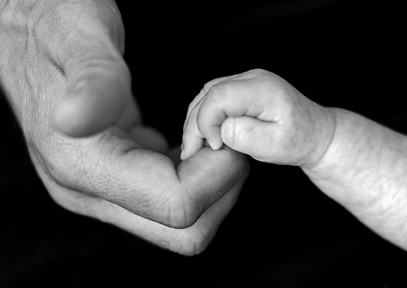M I R R O R,
M I R R O R
on the WALL
who’s the
M O S T
Compassionate of them all. . .
Here’s a
B I G G E R Q U E S T I O N:
Are these things easy to assume:
People are selfish
Greed is Good
Altruism is an Illusion
Cooperation is for Suckers
The BAD in people is far stronger than the GOOD
Compassion is a show of Weakness
Kant once said,
“Such benevolence is called soft-heartedness and should not occur at all among human beings.”
Are we all that
F A R O F F
Thinking:
True Compassion doesn’t exist
or if there’s a smidgen of it,
it’s just for pure self-interest reasons. . .
Before we totally garbage can
C O M P A S S I O N
recent studies
S H O U T
Compassion and Benevolence
are rooted in
OUR BRAINS
OUR BIOLOGY
and are severely ready to be cultivated
in this Harvest Time
for the greater good. . .
It’s way deeper than just being in our
University of Wisconsin Psychologist, Jack Nitschke found in an experiment that when mothers looked at pictures of their babies, they not only reported feeling more compassionate love than when they saw others babies; they also demonstrated unique activity in a region of their brains associated with the positive emotions. Nitschke’s finding suggests that this region of the brain is attuned to the first objects of our our compassion–our Children
. . .but this COMPASSIONATE INSTINCT isn’t limited just to parents’ brains; in a different set of studies, Joshua Greene and Jonathan Cohen of Princeton University found that when subjects contemplated harm being done to others, a similar network of regions in their brains LIT UP. . .This consistency strongly suggests that Compassion isn’t simply a fickle or irrational emotion, but rather an innate human response embedded into the folds of our brains
Emory University Neuroscientists, James Rilling and Gregory Berns studied participants who were given the chance to help someone else while their brain activity was recorded. Helping others triggered activity in the caudate nucleus and anterior cingulate, portions of the brain that turn on when people receive rewards or experience pleasure. This goes to explain: HELPING OTHERS BRINGS THE SAME PLEASURE WE GET FROM THE GRATIFICATION OF PERSONAL DESIRE
So. . .
the seemingly Scientific Code is:
The Brian seems wired up to respond to others’ suffering
. . .it makes us FEEL GOOD
when we can alleviate suffering. . .
and we didn’t even begin to
talk about the numerous studies
on the Chemical Reactions
that take place
when people merely practice behaviors associated with Compassionate Love:
Warm Smiles
Friendly Hand Gestures
Affirmative forward lean in’s
A tsunami of oxytocin washes over our shores
that suggests:
BEING COMPASSIONATE
CAUSES A CHEMICAL REACTION
in the body that motivates us to be
EVEN MORE COMPASSIONATE. . .
b u t
f e e l i n g
Compassion is one thing;
a c t i n g
on Compassion is another. . .
Daniel Batson’s research suggests that when we encounter people in need or distress, we often imagine what their experience is like. . .it, he said, is one of the most important aspects of our ability to make moral judgments and fulfill the social contract
Studies
S t u d i e s
S T U D I E S
. . .they abound and are bordering onto
c o u n t l e s s
it’s clear, isn’t it,
recent scientific findings show that
COMPASSION is deeply rooted in
our brains
our bodies
our basic ways of communicating. . .
Hey. . . this Caring Catalyst research
can go on and on and on
but the most significant question of this blog post:
W I L L I T
. . .Compassion means nothing as a word
unless it becomes
p e r s o n i f i e d




Leave a Reply